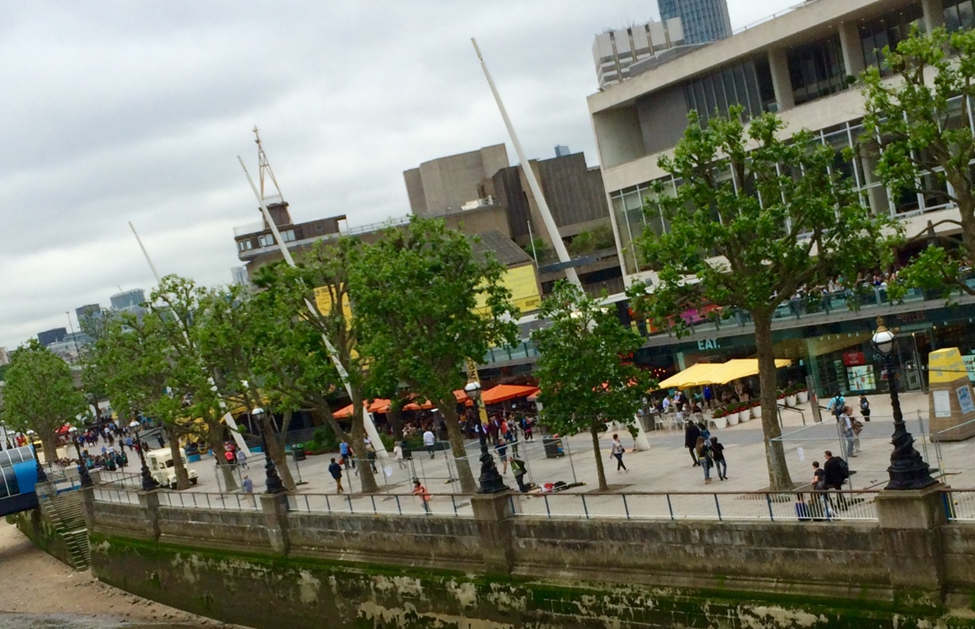Why Tree Reports Are Crucial for Safe Property Development

Strong 8k brings an ultra-HD IPTV experience to your living room and your pocket.
Everything you need to know before cutting, building, or planting near existing trees.
When planning a new development—whether it’s a home extension, commercial build, or multi-unit project—it’s easy to focus on blueprints, boundaries, and budgets. But what about the trees?
Many property owners and developers overlook one crucial step in the early planning phase: the Tree Report.
A tree report is more than just a list of trees on site. It’s a professional assessment that guides safe, legal, and sustainable development. Whether you're applying for council approval or simply want to avoid structural damage or costly delays, a tree report can make or break your project.
So why are tree reports so important for safe property development? Let’s unpack it.
Quick Overview: What You Need to Know About Tree Reports
Tree reports are essential documents prepared by qualified arborists to assess the condition, location, and significance of trees on or near a development site. These reports are often required by local councils to ensure responsible planning that protects both public safety and the environment.
Here’s why they matter:
They help identify which trees can stay and which must go—legally.
They prevent expensive structural damage from root systems or overhanging branches.
They support smoother council approvals by meeting environmental regulations.
They ensure public and worker safety during and after construction.
Want to dive deeper? Keep reading!
Section 1: What Is a Tree Report, Really?
A tree report is a detailed document typically prepared by a consulting arborist. It outlines the health, size, species, and significance of trees on or adjacent to a proposed development site. Most importantly, it provides recommendations for retention, removal, or protection measures.
Tree reports often include:
Tree location mapping (with GPS or site plan overlay)
Health and structural condition assessment
Root protection zones (RPZ) and tree protection plans
Risk ratings (for fall or failure potential)
Recommendations for tree removal or retention
Advice on construction impact and mitigation
Did You Know?
Some councils will reject your Development Application (DA) outright if a tree report is missing or incomplete—even if your build seems minor.
Section 2: Why Tree Reports Are Safety Tools, Not Just Red Tape
Tree reports aren’t just for ticking boxes—they help prevent real dangers.
How unsafe trees can impact development:
Underground roots can lift foundations, crack retaining walls, or infiltrate plumbing.
Overhanging branches pose serious risks to scaffolding, roofing, and workers.
Diseased or unstable trees near property lines can collapse onto buildings or people.
Ignorance of protected species can lead to hefty fines or legal battles.
Pro Tip:
If you’re working near mature eucalyptus, angophoras, or heritage-listed vegetation, a tree report isn’t optional—it’s a necessity for avoiding liability.
Section 3: Councils Love Tree Reports (Here’s Why You Should Too)
Most Australian councils require a tree report as part of the development approval process—especially if you're altering vegetation or working within certain proximity to protected trees.
What councils use tree reports for:
Ensuring compliance with tree preservation orders and environmental legislation
Guiding tree retention and planting requirements
Assessing stormwater drainage impacts
Protecting urban biodiversity and canopy cover
Quote from a Sydney Council planning officer:
“Tree reports give us the facts we need to protect both people and the environment. Without them, development decisions are blind.”
Section 4: What Happens If You Skip the Tree Report?
Skipping or shortcutting this step can be a costly mistake—both legally and financially.
Possible consequences include:
DA rejection or major delays
Fines for unauthorised tree removal (can exceed $10,000+)
Construction redesigns or stoppages
Safety incidents due to misjudged root zones or failing trees
Disputes with neighbours or council
Bold truth: Cutting down or damaging a tree without proper reporting could jeopardise your entire build.
Quick Guide: How Tree Reports Keep Projects on Track (and Out of Trouble)
Picture This:
You’re planning a dual occupancy on a corner block with several mature trees. You’re eager to start but unsure which trees you can remove—or even if you’re allowed to.
Common Challenges:
Can I remove that tree or is it protected?
What if tree roots go under my future driveway?
Will council delay my application over trees?
How to Solve It:
1. Get a Tree Report Early: Bring in a qualified arborist before submitting your plans. It’ll save time, stress, and rework later.
2. Plan Around Significant Trees: Tree reports help you position buildings and driveways away from sensitive root zones.
3. Avoid Costly Fines: A tree report shows that you’ve done your due diligence—no surprises for you or council.
4. Improve DA Success Rates: DA applications with detailed tree reports show that your development is environmentally responsible.
Why It Works:
With a thorough tree report, you can make confident planning decisions, address council requirements upfront, and avoid hidden risks lurking just beneath the soil.
Need help arranging a professional tree report? Let’s talk.
FAQs: Tree Reports and Development
Q1: Who can prepare a tree report?
Only a qualified consulting arborist (AQF Level 5 or higher) should prepare a tree report. Councils will often reject reports from unqualified assessors.
Q2: When in the planning process should I get a tree report?
Ideally before submitting your DA. Waiting too long can delay approvals or force redesigns if trees are deemed significant.
Q3: Is a tree report different from an arborist report?
They’re often used interchangeably, but a tree report is generally site-specific and tied to development outcomes, whereas an arborist report may focus more on health or risk assessments.
Q4: What’s the cost of a tree report?
It varies based on location, site size, and number of trees—usually starting around $300 to $800. Complex sites may cost more.
Q5: Can I remove a tree if it's dead or dangerous without a report?
Sometimes yes, but you should always check with your local council. Some require written confirmation or post-removal justification, especially for larger trees.
Conclusion: Build Smart, Build Safe—Start with a Tree Report
Tree reports are more than a tick-box requirement—they’re a key safety, legal, and environmental tool that protects your project from costly setbacks.
By investing in a professional tree report early, you’ll make smarter planning decisions, avoid fines, and demonstrate your commitment to responsible development.
Note: IndiBlogHub features both user-submitted and editorial content. We do not verify third-party contributions. Read our Disclaimer and Privacy Policyfor details.



